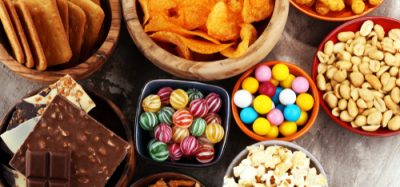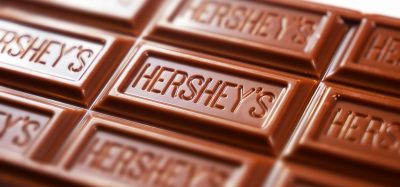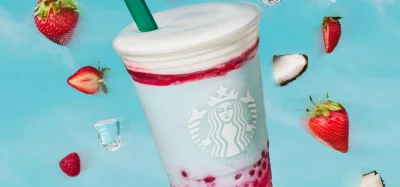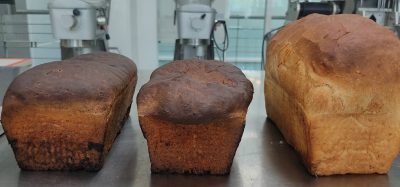Smoke in the water: Kerry’s innovative flavour technology
- Like
- Digg
- Del
- Tumblr
- VKontakte
- Buffer
- Love This
- Odnoklassniki
- Meneame
- Blogger
- Amazon
- Yahoo Mail
- Gmail
- AOL
- Newsvine
- HackerNews
- Evernote
- MySpace
- Mail.ru
- Viadeo
- Line
- Comments
- Yummly
- SMS
- Viber
- Telegram
- Subscribe
- Skype
- Facebook Messenger
- Kakao
- LiveJournal
- Yammer
- Edgar
- Fintel
- Mix
- Instapaper
- Copy Link
Posted: 6 February 2024 | Joshua Minchin (New Food) | No comments yet
Marcus Verkerk explains how Kerry’s new smoke technology is a more sustainable way of creating that unique flavour in food products all over the world.
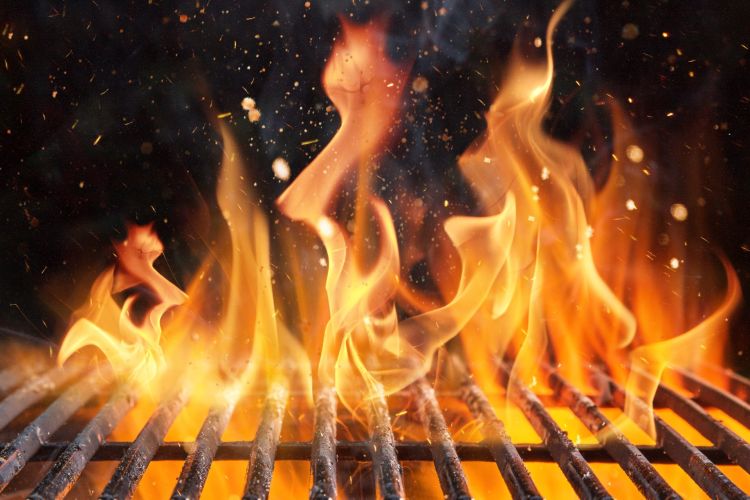

Have you ever wondered how that smoky flavour in your BBQ sauce is achieved? Or how your slices of smoked cheese are…smoked? Marcus Verkerk, Senior Technical Manager, Kerry South Asia Pacific, explained to New Food the complex and technologically fascinating process that ingredients giant Kerry uses to create smoky flavours in a whole host of food products at Food Ingredients Asia (FIA) in Bangkok last year.
Can you explain what Kerry’s new smoke technology is and how it works?
Marcus Verkerk (MV): Kerry Red Arrow Condensed Smoke is a refined smoke condensate created using heat, water, wood and filtration. It’s 100 percent natural. The wood is pyrolyzed (smouldered) using a proprietary process to create smoke. The smoke is captured in pure water to become Smoke Condensate. The Condensed Smoke is aged for phase separation to remove some of the unwanted components in smoke such as tar and ash. The purified Condensed Smoke contains all the desired qualities of smoke such as its flavour, aroma, and colour.
We have three main application methods that could be applied to food products. Direct Application, in which we add the Condensed Smoke directly into products like BBQ sauce for that smoky BBQ flavour; while spray dried powder options are also available for seasoning applications such as snack foods.
Smoke Regeneration is where a smoke cloud is recreated through a process called atomisation to effectively smoke products like sausages, cheese, salmon, ham & bacon.
Smoke Drenching is the act of showering or dipping a product into a specified concentration of a Condensed Smoke solution for a specified amount of time.
• Regeneration: recreate a smoke cloud using a process called Atomisation.
• Atomisation: convert Condensed Natural Smoke into small particles using pressurized air.
• Smoke cloud: same flavour and colour as wood chip smoke but with improved product quality, yield and reduced time.
Can you create different types of smoke? For example, beechwood or peat?
MV: Different smokes are created through the wood species or blend of wood species (hickory, oak, maple, mesquite, applewood, cherrywood and beechwood) and temperature. Generally, higher temperatures will deliver more colour and a softer flavour while lower temperatures will present broader flavour characteristics.
Why is this a more sustainable way to create smoke flavour?
MV: Firstly, Kerry Red Arrow Condensed Smoke is generated from wood that is a by-product of the lumber industry in the US, which is a managed resource. The production of Condensed Smoke removes the tar and ash. This is upcycled. The tar is used as a fuel source to dry the sawdust while the ash is used as asphalt for road construction.
Secondly, using Kerry Red Arrow Condensed Smoke in the described processes above, reduces emissions by 80 percent and cleaning water and chemical usage by 70 percent from conventional smoking processes. The process of smoke generation and delivery of smoke to food is also more efficient than conventional wood chip smoking, so there is a 30 percent reduction in energy consumption.
How do you communicate flavour to consumers? Is the choice of language important?
MV: Most consumers know the terms “smoky”, “smoked” or just use the term “BBQ”. On some products, the wood species will be specifically mentioned, such as “Hickory Smoked BBQ Sauce”.
Generally, smoke flavour is enjoyed with differing levels of intensity and not necessarily highlighted, but simply appreciated. In terms of flavour preferences, some like it stronger while others like it more subtle. Some consumers prefer more of an ashy, earthy smoke profile while others like a heavy, bacon-like profile. Smoke flavour is also influenced by other flavour combinations, as it is complementary to other flavours. Examples include chilli, sweet versus savoury, meat products versus sauce products. Smoke is a flavour consumers crave, we’ve come to love its rustic, distinctive character that delivers unique stories that connect us to food.
What are some smoke flavour trends and preferences in Southeast Asia?
MV: Smoke flavour preferences do differ among consumers in Southeast Asia. In Thailand for example, a softer, mellow smoke is preferred. Indonesians enjoy a blend of hardwoods, hickory, oak, and maple for a more robust smoke flavour, whereas The Philippines is a nation that prefers hickory smoke with a stronger bacon-like profile.
Different foods also lend better to different smokes, which is why a little mesquite ashy smoke is used in satay in Malaysia, and Singapore. Lechon in the Philippines will also use the same ashy profile to complement traditional roasting method over hot coals. For products like Se’i Sapi (traditional Indonesia smoked beef) a broad smoke flavour is preferred that comes from lower temperature smokes using a blend of hardwoods.
It is important to note that while there are general trends, there are no hard and fast rules. When it comes to smoke, there are preferences beyond meat products, such as applewood smoke in coffee or honey, cherrywood smoke in chocolate or whisky, BBQ smoke in canned corned beef, robust or ashy smokes used in BBQ sauce, and even a little smoke in bakery products such as bread for that woodfire oven profile. The trend is moving beyond meat to deliver those high temperature flavours we have come to love. We are only limited by our imaginations; the possibilities are endless.
Biography


Related topics
Flavours & colours, New product development (NPD), Technology & Innovation



